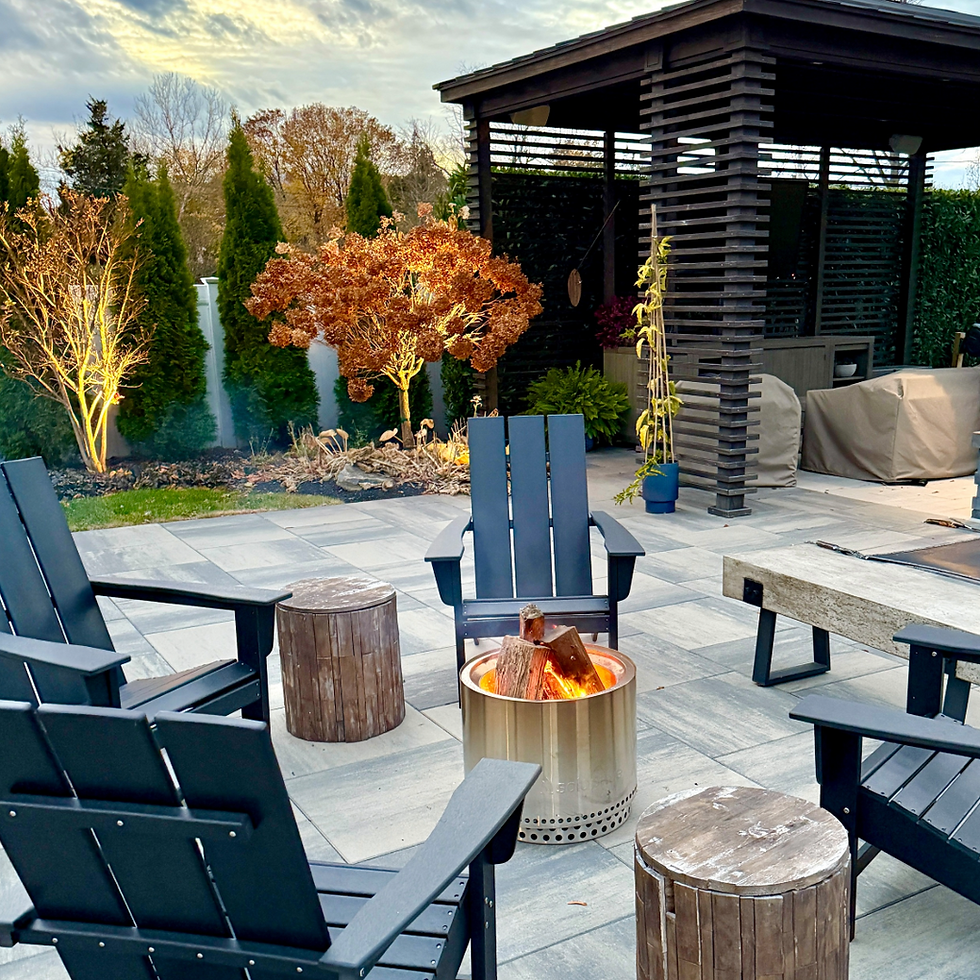Plant Bulbs in Fall
- Rebekah
- Nov 1, 2019
- 2 min read
Updated: Nov 5, 2020
It is time to plant spring-blooming bulbs. And there are so many lovely bulbs to choose from including tulips, daffodils, hyacinths, crocuses, alliums, and more! When we are all dreaming of spring in late winter, bulbs are preparing to poke through the earth and display spring's arrival. Unless a hungry critter interferes, bulbs usually deliver the dream. Their beauty awakens gardening beds and transforms the landscape around them.
SELECTING BULBS
There are many types of bulbs on the market but they are not all created the same. Typically, the larger the bulb, the bigger and more numerous the flowers that will grow from it. Bulbs sold individually, generally speaking, are larger and many times higher quality than those sold in mesh bags. If you purchase large bulbs individually, know that you may need less than you would normally purchase in a package or mesh bag because they are usually larger and produce more flowers. When buying bulbs, look for bulbs that are firm and do not look to be damaged.

shown above: Tulip 'King's Orange'
HOW TO HELP DETER CRITTERS
If you do have wildlife that likes to interfere in your garden, lay chicken wire directly over your bulbs when you're planting. Then cover with soil. The bulbs will grow through the holes. Critters do not like daffodils, as they are poisonous to them. Other options that are usually not bothered by wildlife include grape hyacinths, snowdrops, Spanish bluebells, and spring snowflakes. If an animal is hungry, however, it will dig up any bulb.

shown above: Daffodil 'Dutch Master'
TIPS TO PLANT
If you're just planting a few bulbs, you may want to just dig individual holes for each one with a trowel or shovel. If you're planting a large bed full of bulbs, you'll find it easier to dig up the entire area. Plant your bulbs approximately 3 times the depth of your bulb (smaller bulbs do not need to be planted as deep as larger ones. When in doubt, go by the planting instructions or ask us specific questions at the Garden Center). Space the bulbs in the bed according to mature size and spacing suggestions (we are happy to help answer any questions). Plant your bulbs (add your chicken wire now if you have critters that love your bulbs!). If you wish, add an 8-8-8 fertilizer and then replace the soil you have dug up. Water thoroughly and add mulch on top to insulate your bulbs further for winter.

shown above: Hyacinth 'Purple Sensation'
ONE FINAL (SIMPLE BUT BIG) TIP
Keep a list of the bulbs you are planting, their height, color, location, and where you bought them. This will come in handy next year when you really love a certain flower but cannot remember what it was or where it came from.



